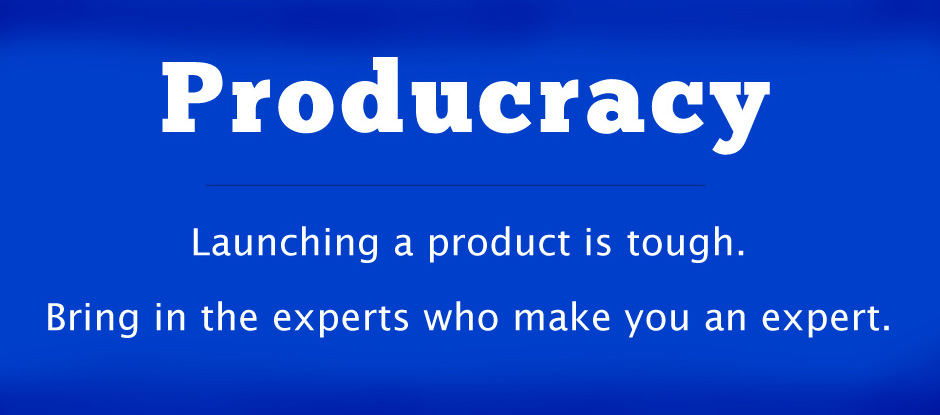How to prototype a product: What do you do with a prototype?
The major reasons to prototype your design are:
- Market research and determination – make sure that there is even a market for your product before you totally develop it!
- Check the fit of your product: does everything assemble and fit together? Is the material thick enough?
- Check the function: does the product work as you intended? Does it move in the right way, sit at the right angle, or really cover what it was meant to?
- Verify design and appearance: skilled product designers can visualize how
- Brainstorm further design points, improve styling, or add features: Once you have a physical part in your hand the ideas will just start flowing
- Show off to potential customers and clients: a working prototype is a major advantage when trying to make pre-sales or pitch investors
- Use for crowd funding: actually using your product in your presentation videos is much better than only using renderings and computer animations (these are still valuable elsewhere). Also some sites require you to have made a prototype in order to even seek funding.
How to prototype a product: What methods are used to create?
You could fill pages with the different ways to make a prototype product, but some of the most common are:
- 3D model and digital prototype. You can do a lot by creating your idea in a solid modelling program, virtually assembling it with products you expect it to interact with, then doing cross-sectional cut away views, rotating the model, and showing to folks on your screen or via CAD collaboration tools.
- Hand made at home with wood, styrofoam, popsicle sticks, straws, paper, cardboard, and paint. With these items you can mock up your idea by shaping, gluing, painting, nailing, taping. May or may not be functional. You can make up your idea using grade school art materials – you’d be surprised how well this allows you to convey your ideas to others. Don’t forget the duct tape!
- Stereolithography: an early form of additive rapid prototype manufacturing. See the Wikipedia link
- 3D additive printing – this technology is really taking off these days. This takes your 3D model and creates in plastic or other material. Touch it, feel the design, surface finish, etc.
- Metal fabrication. Fabricators can create most anything with steel bars, sheet metal, torches, and welders.
- Prototype injection mould – more expensive
- Lost foam casting. This could also be an expensive proposition, but if you have the right contacts you could approach. Especially helpful if you envision parts being cast when manufactured for consumption,
- Outsourcing to a custom manufacturing, prototyping, or model-making shop This will be a professional version of a fabricated item – typically machined and very presentable. This is what you would use to show to potential customers, at trade shows, or to really add a professional touch to your crowd funding campaign
- Factory sample – once you’re ready to move on to the manufacturing process (that is you’re happy with previous prototypes), get the factory to make you a sample. However, this is not the time to be making design changes, this is meant to prove out the factory’s competence level and correct manufacturing processes.
Join our mailing list for more Product Development Tips, Examples, and Success Stories





No comments yet.